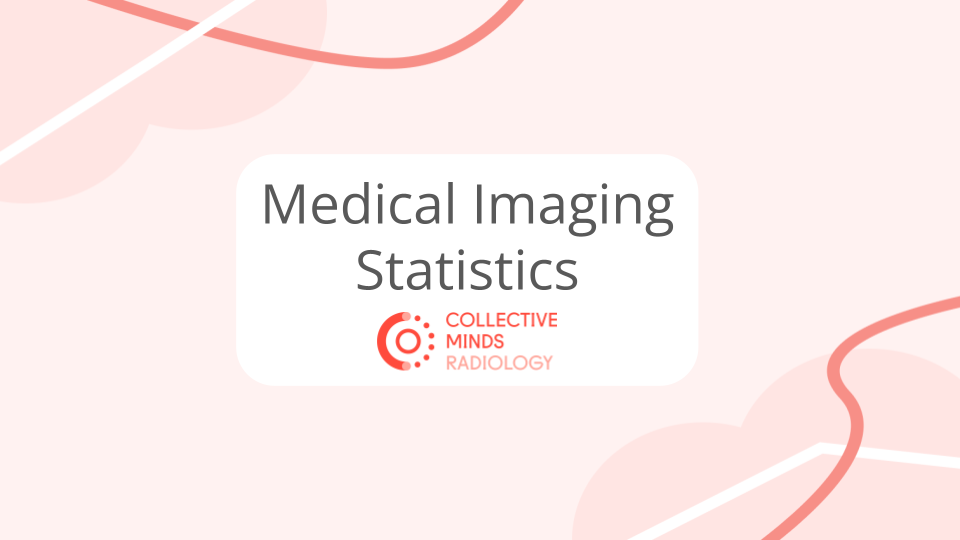Number of X-rays Per Year: Global Statistics and Trends

Worldwide, an estimated 3.6 billion diagnostic medical examinations, including X-rays, are performed every year, with approximately 350 million of these procedures conducted on children under 15 years of age, according to the World Health Organization.
Current X-ray Utilization Rates
In modern healthcare systems, X-rays remain the most commonly performed imaging procedure. According to a comprehensive study published in the Journal of the American Medical Association, the rate of radiography (X-rays) stands at 783 examinations per 1,000 people, representing 55.1% of all medical imaging procedures.
"The total rate of imaging was 1420 examinations per 1000 enrollees per year—the most common being radiography (783/1000, 55.1% of all examinations),"
reports the study published in JAMA.
Also Read: CT Scan Radiation Dose: Understanding mSv Exposure Levels by Scan Type
Trends in Medical Imaging
The frequency of diagnostic imaging has shown significant growth over recent years, with several key trends emerging:
Advanced Imaging Growth
While X-rays remain the backbone of diagnostic imaging, other modalities have seen substantial increases:
- CT scans have increased from 52 to 149 examinations per 1,000 people
- MRI usage has grown from 17 to 65 examinations per 1,000 people
- Ultrasound procedures have expanded from 134 to 230 examinations per 1,000 people
Also Read: Understanding Good Clinical Practice (GCP) in Imaging: An In-depth Exploration
Pediatric X-ray Considerations
Special attention is given to pediatric imaging, as children are more sensitive to radiation exposure. Of the global 3.6 billion annual examinations, approximately 350 million are performed on children under 15 years of age. This significant number highlights the importance of implementing specialized protocols and safety measures for pediatric patients.
Safety Initiatives
The World Health Organization launched the Global Initiative on Radiation Safety in Health Care Settings in 2008 to promote safer practices, particularly in pediatric imaging. This initiative focuses on:
- Improving communication about radiation risks
- Ensuring appropriate justification for each procedure
- Implementing dose optimization protocols
Also Read: Mastering IRB Approval for Medical Imaging Studies
Regional Variations and Access
Healthcare systems worldwide show significant variations in X-ray utilization:
- Developed countries typically have higher rates of diagnostic imaging
- Developing regions often face challenges in access to basic X-ray services
- Urban areas generally show higher utilization rates compared to rural regions
Summary
The annual number of X-rays worldwide continues to grow as healthcare access improves globally. With 3.6 billion diagnostic examinations performed yearly, X-rays remain the most common imaging procedure at 783 per 1,000 people. This high utilization rate emphasizes the need for continued focus on radiation safety, particularly for pediatric procedures which account for approximately 350 million annual examinations.
FAQ
How many X-rays can a person safely have per year?
There is no specific limit for medically necessary X-rays. The benefit of diagnostic information must outweigh the radiation risk, as determined by healthcare providers.
What percentage of medical imaging procedures are X-rays?
X-rays account for approximately 55.1% of all medical imaging procedures in modern healthcare systems.
Are X-ray numbers increasing globally?
Yes, the number of diagnostic X-rays continues to grow annually as more people gain access to medical care worldwide.
How many children receive X-rays annually?
Based on current medical literature, approximately 350 million X-ray examinations are performed on children under 15 years of age globally each year.
Reviewed by: Mathias Engström on November 9, 2024




